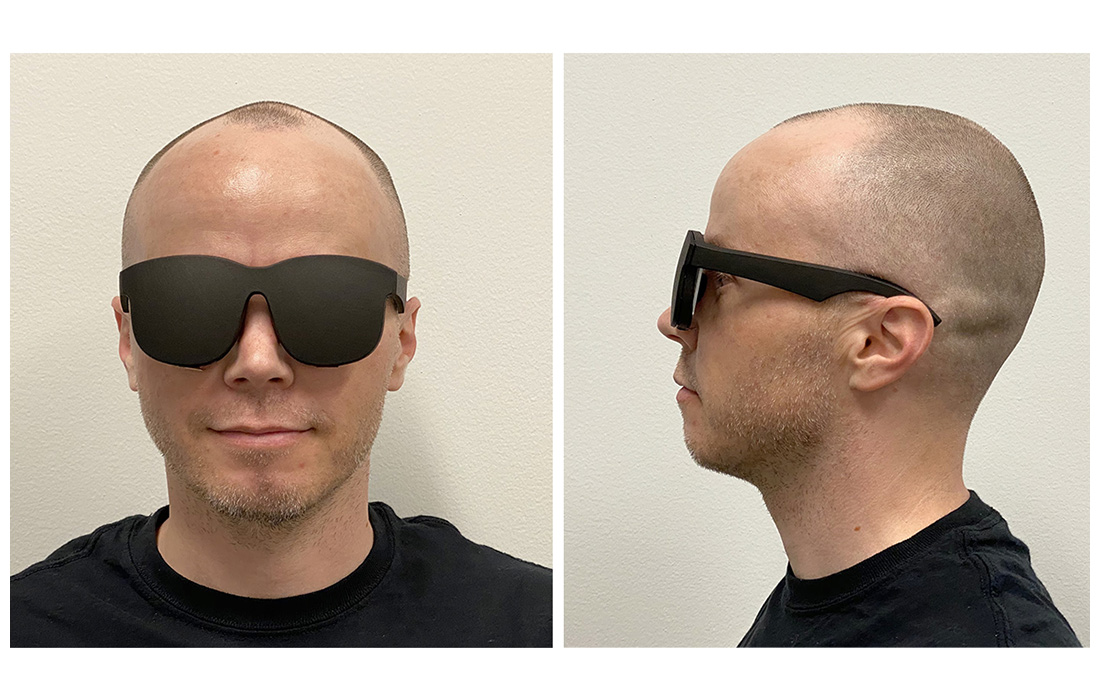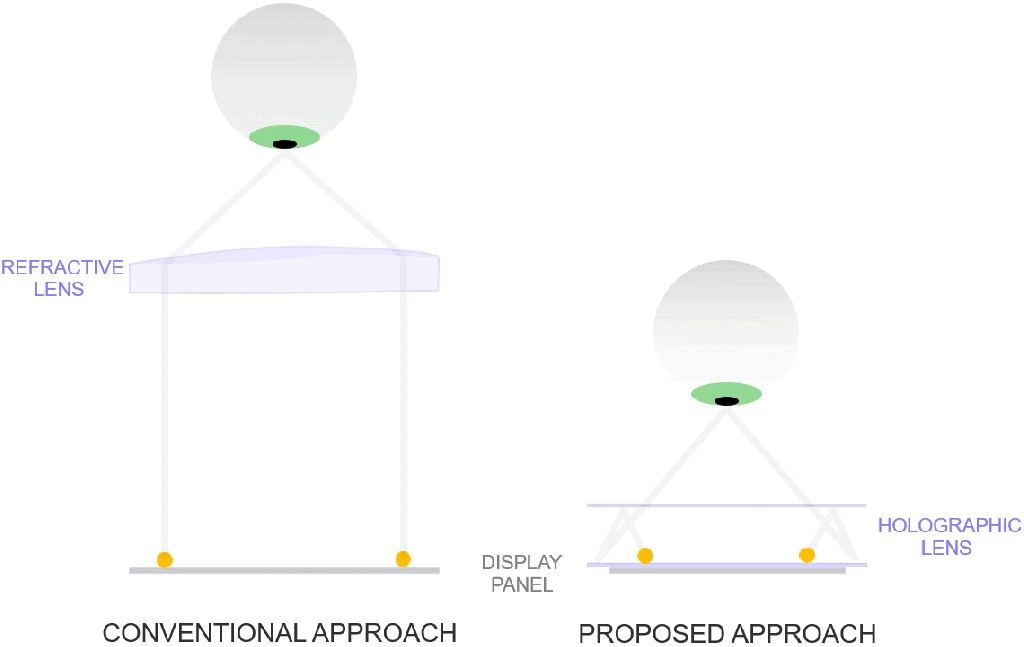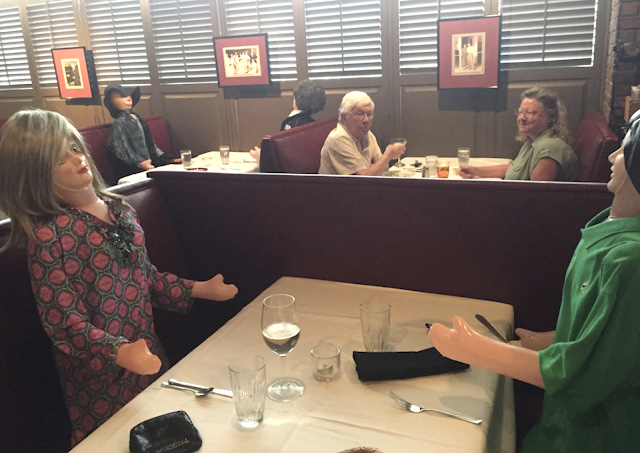The Navy records, known as “hazard reports,” describe both visual and radar sightings, including close calls with the aerial vehicles, or “unmanned aircraft systems.”
One incident, on March 26, 2014, over the Atlantic Ocean off Virginia Beach, involved a silver object “approximately the size of a suitcase” that was tracked on radar passing within 1,000 feet of one of the jets, according to the report. […]
Defense Department officials do not describe the objects as extraterrestrial, and experts emphasize that earthly explanations can generally be found for such incidents. Even lacking a plausible terrestrial explanation does not make an extraterrestrial one likely, astrophysicists say.
{ NY Times | Continue reading }
I contacted Alexander Wendt, a professor of international relations at Ohio State University. Wendt is a giant in his field of IR theory, but in the past 15 years or so, he’s become an amateur ufologist. […] “It’s possible they’ve been here all along. And that’s something that I’ve been thinking about lately, which is a bit unsettling. Because it means it’s their planet and not ours. They could just be intergalactic tourists. Maybe they’re looking for certain minerals. It could just be scientific curiosity. It could be that they’re extracting our DNA. I mean, who knows? I have no idea. All I know is that if they are here, they seem to be peaceful. […] I think if they are here, they’ve probably been here a very long time — that’s my guess. ”
{ Vox | Continue reading }
Regarding UFOs, I see three key explanation categories:
Measurement Error – What look like artificial objects with crazy extreme abilities are actually natural stuff looked at wrong. This is widely and probably correctly judged to be the most likely scenario. Nevertheless, we can’t be very confident of that without considering its alternatives in more detail.
Secret Societies – There really are artificial objects with amazing abilities, though abilities may be somewhat overestimated via partially misleading observations. These are created and managed by hidden groups in our world, substantially tied to us. Secret local military research groups, distant secret militaries, non-state Bond-villain-like groups, time-travelers from our near future, dinosaur civilizations hidden deep in the Earth’s crust, etc.
Aliens – Again these objects really do have amazing abilities, and are created by hidden groups. But in this case the relevant groups are much less integrated with and correlated with our societies and history. Little green men, their super-robot descendants, simulation admins, gods, etc. If these groups had a common origin with, competed with, or were much influenced by the groups that we know of, those things mostly happened long ago, and probably far away.
{ Overcoming Bias | Continue reading }

















